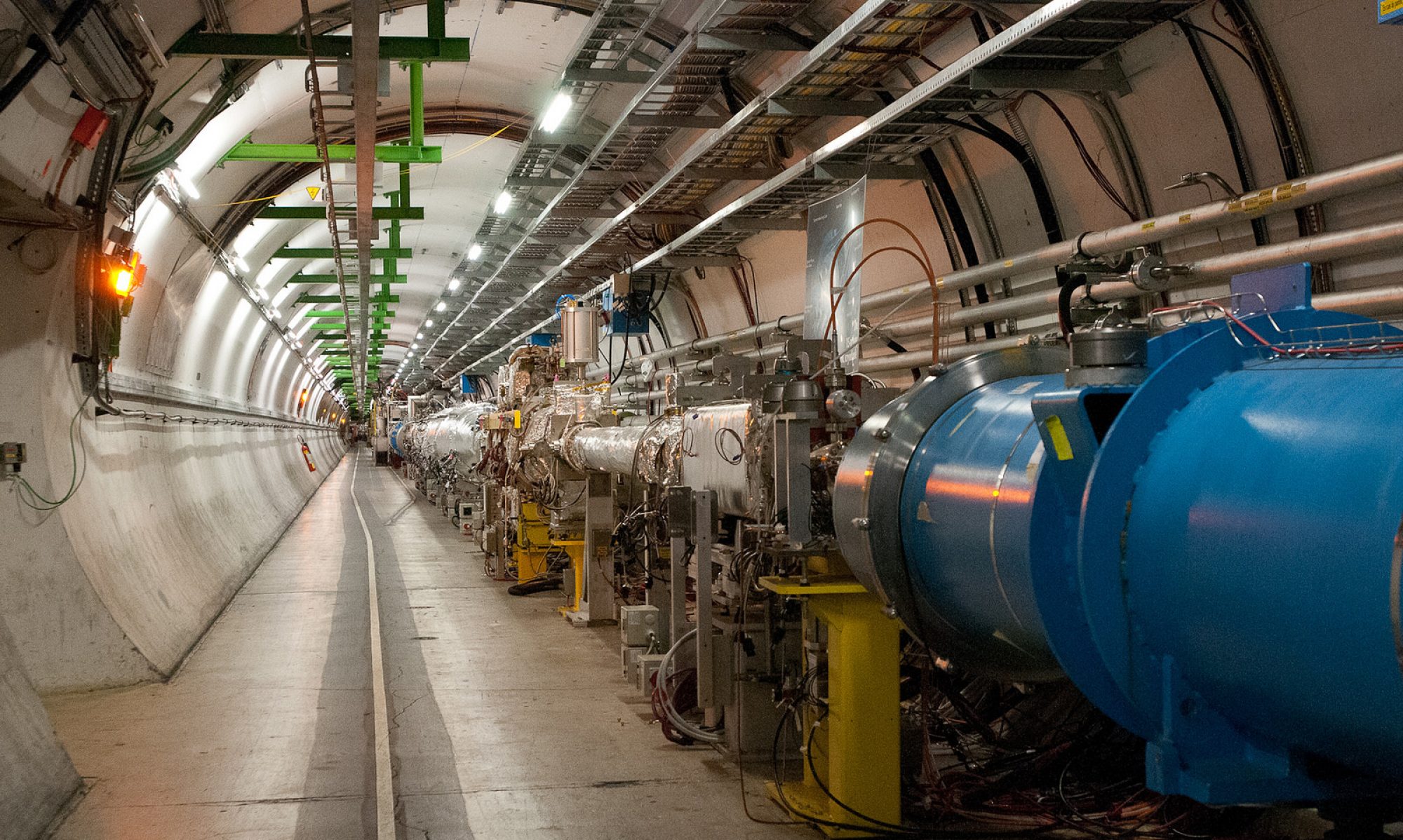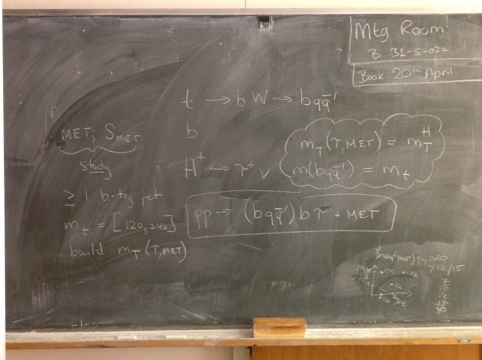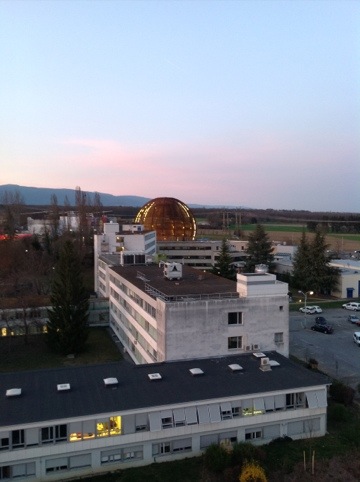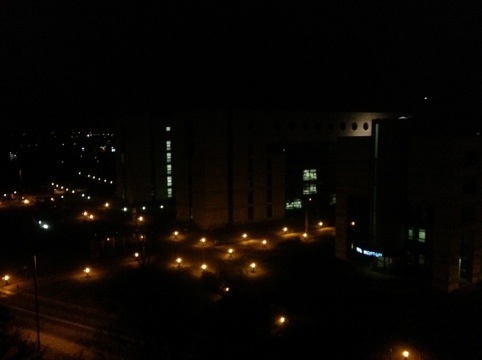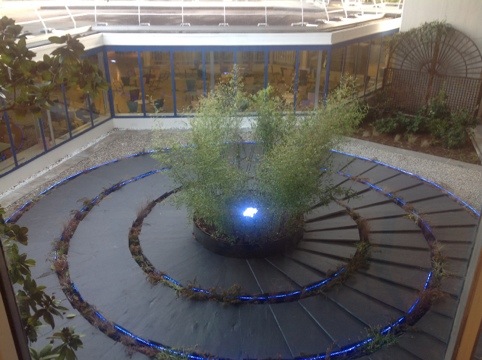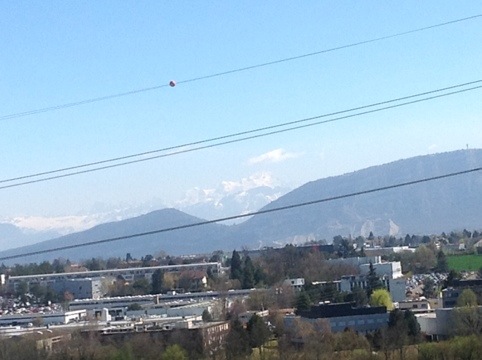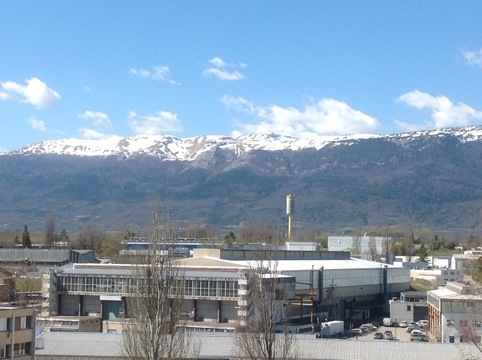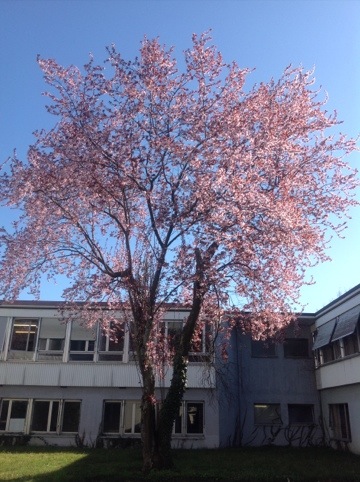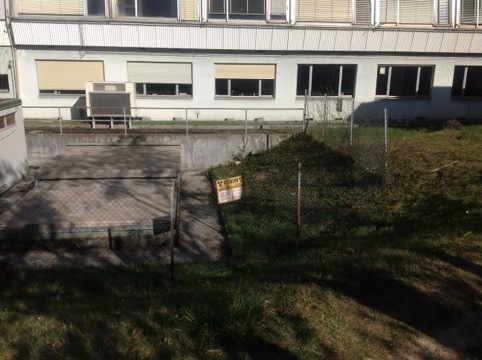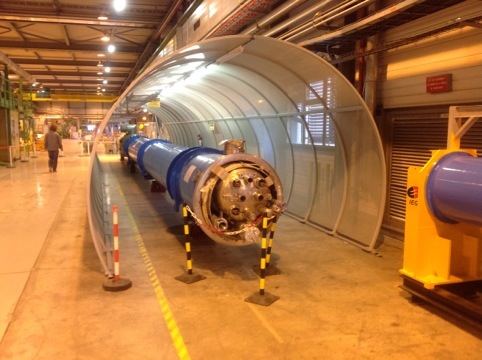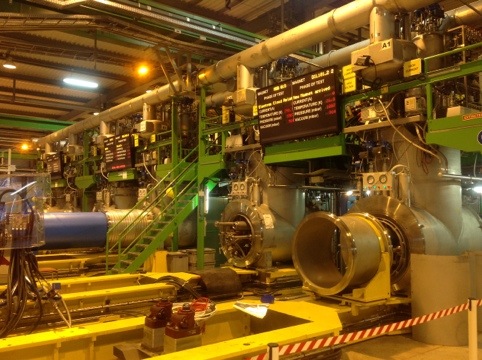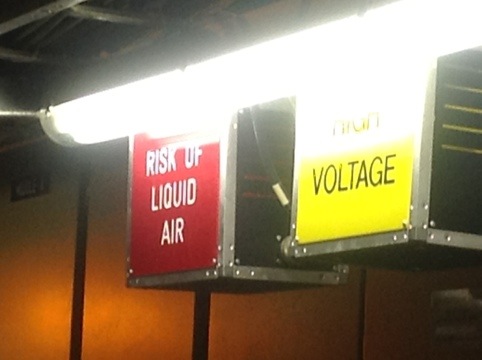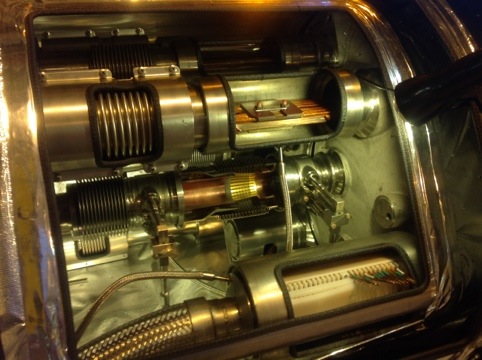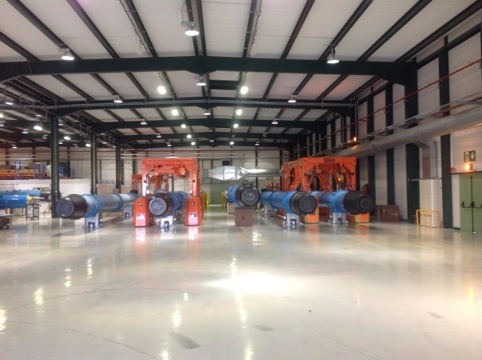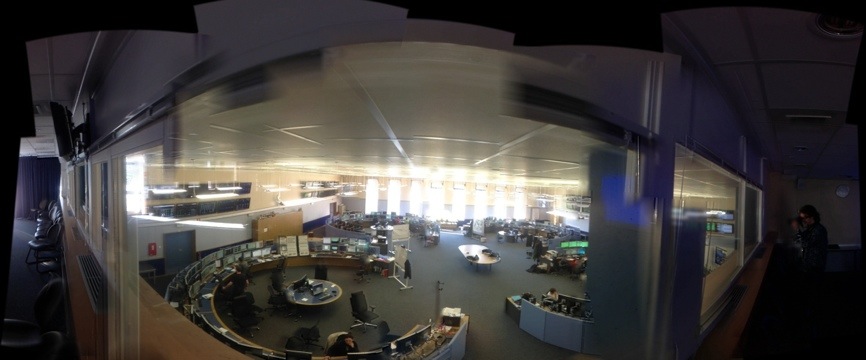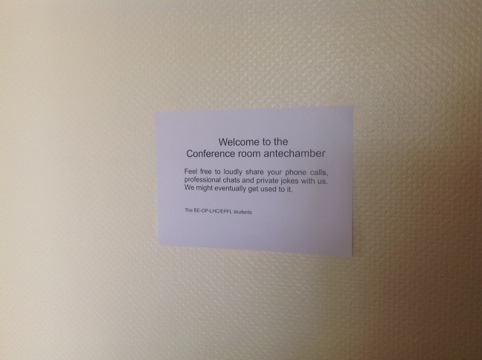Just over a year ago, the ATLAS and CMS experiments reported strong evidence for the existence of a new particle who was was about 126 times that of the proton. It was a boson; this meant that it carries an internal unit of angular momentum (“spin”) whose value is an integer multiple of Planck’s Constant (![]() ). Those were about the most honest and scientifically accurate statements we could make. We did not know for sure it’s actual spin; we were not positive if it was one particle or two, since different decay modes yielded slightly different masses that might indicate the presence of two closely spaced new particles.
). Those were about the most honest and scientifically accurate statements we could make. We did not know for sure it’s actual spin; we were not positive if it was one particle or two, since different decay modes yielded slightly different masses that might indicate the presence of two closely spaced new particles.
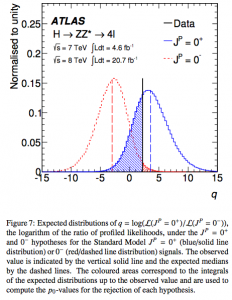
But since that time, a year has passed, and both experiments have been extremely busy. Yesterday, ATLAS submitted to the journal Physics Letters B a pair of papers that summarizes our belief, based on the scientific evidence, of the nature of this particle. Already, by earlier this year, ATLAS and CMS were saying that this was no longer a “Higgs-like” boson – it was probably the Higgs Boson predicted to exist in the 1960s. Now, by collecting the analysis efforts together and refining the techniques for assessing the properties of the newly discovered particle, we are ready to say (in print, and for peer review, for the whole community to review) that this is a spin-0 particle whose couplings to the known Standard Model particles are very “Standard-Model-like” – meaning that, for all intents and purposes, the data supports the hypothesis that this is the Higgs Boson of the Standard Model.
And with that assessment in hand, I think it’s time for high-energy physics to accept that the last great untested prediction of the Standard Model has been tested, and it’s time to elevate this grand description of nature to “The Standard Theory of Particle Physics.” For when a set of ideas so beautiful and powerful withstands the brutal an unending onslaught of experimental science that this one has, it is time to elevate it from “model” to “theory.”
The papers submitted on July 4, 2013, to Physics Letters B, are here:
“Measurements of Higgs boson production and couplings in diboson final states with the ATLAS detector at the LHC.” Submitted to Physics Letters B. Available for download at arXiv:1307.1427
“Evidence for the spin-0 nature of the Higgs boson using ATLAS data”. Submitted to Physics Letters B. Available for download at arXiv:1307.1432
